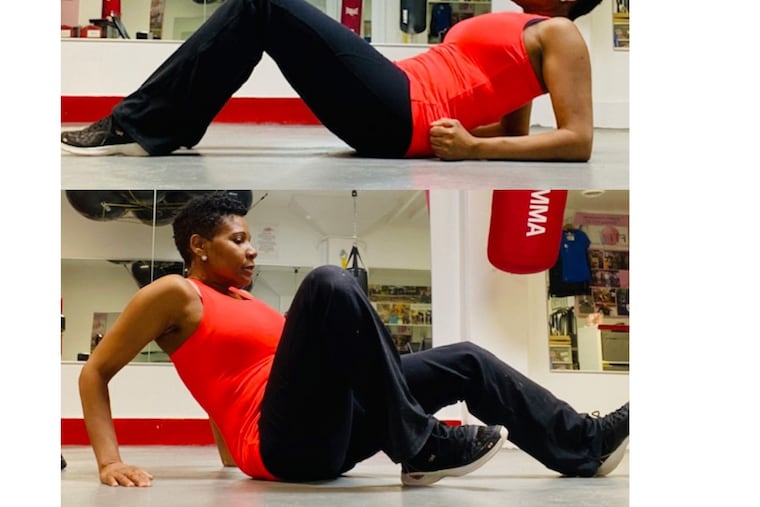What to do after a fall
Anyone can stumble and fall. But the physical changes that come with age can make falls more likely and more serious. Here are tips to avoid falls and prepare for any that occur.

Anyone can stumble and fall. But the physical changes that come with age can make falls more likely and more serious. The fear of falling can even keep older adults from leading active lives — and being sedentary is itself a risk factor for falls.
When our balance or strength is challenged, we may go down. Some common contributors to falls include:
Medical limitations such as low vision, dizziness from low blood sugar, numbness in feet from neuropathy, or even confusion due to dementia or side effects of medication.
Environmental issues such as throw rugs, higher than usual heels, or unstable footwear such as flip-flops or clogs, uneven pavement, or a wet floor.
Accidental triggers such as a dog tugging on the leash, missing a step on the way downstairs, or another person suddenly blocking your path.
If any of these factors is a part of your life, take action now — secure anything in your environment that creates a tripping hazard and keep up with your medical monitoring.
If you live alone, or spend a good deal of time on your own, it’s smart to carry a cellphone or medical alert button in your pocket in case you fall and need to summon help. Having soft items close to hand such as pillows and light blankets is also useful so that if you are stuck on the floor you can rest your head and cover your body.
If you do fall, it’s important not to add to any possible injury by panicking — especially if you lost consciousness, however briefly. Here’s the safe way to respond to a fall:
Stay calm and still until you can assess the situation.
If you are on your back, relax your breathing, open your eyes, and slowly turn your head from side to side. Rotate your wrists and wiggle your fingers. Point and flex your feet and wiggle your toes. Bend your knees, then move your feet.
If you can do all this, slowly roll onto your side. Turn your head to the right, then bend your knees, reach over to the right with the left arm and turn onto your side. Use your arms and legs simultaneously to get onto your hands and knees in a position to crawl.
Slowly push up into a crawling position then pause, keeping your breathing calm and controlled. Never hold your breath.
Look for a sturdy chair without wheels, a sofa, or a sturdy table that can support your weight without tipping over. Crawl toward the furniture. Once there, you can grab the phone and call for help or begin the process of getting up. (This will be demonstrated in our next article).
If you can’t put weight on your knees, rather than crawling use your arms to push yourself up to a seated position, then wait for a few minutes and breathe easily while looking around and recalling how you fell. If you’re able, you can scoot on your bottom toward a sturdy piece of furniture and pull yourself up.
If you are injured and cannot get up and you do not have a phone or an alert device, then shout and scream as loud as you can. Look for something within reach you can grab — a broom, a cane, even a shoe — and bang it against the floor or wall or anything nearby that will make more noise. Then lie still and wait. Deep breathing will help you stay calm.
Next week: Techniques to help you get down on the floor and up again — on purpose.
Fitness columnist Yvonne Ferguson Hardin specializes in helping older adults maintain and improve wellness through classes and seminars at long-term care facilities, senior centers and other venues.